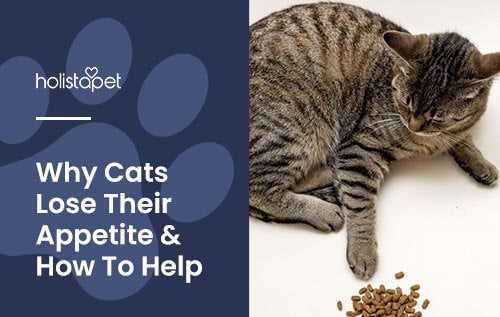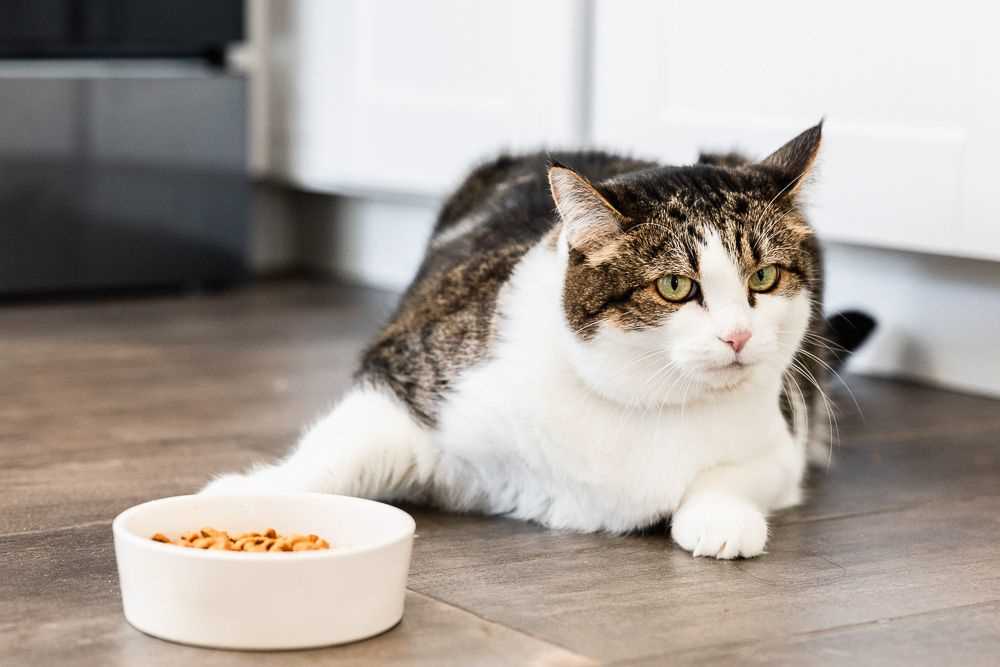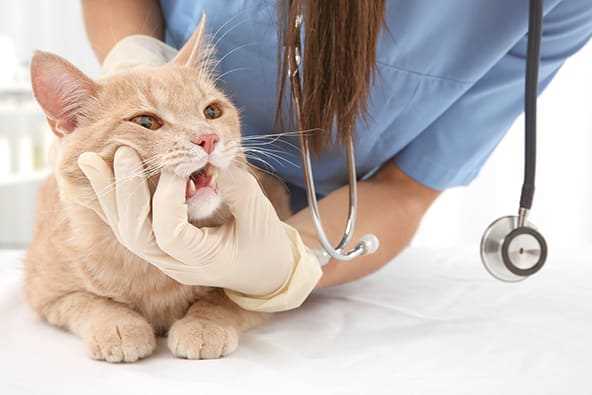



First and foremost, if you notice a change in your furry friend’s appetite, it’s essential to consult a veterinarian. A sudden lack of interest in meals can indicate underlying health issues, which may require prompt attention. Regular check-ups can help detect problems early on.
Consider the possibility of stress or anxiety affecting my eating habits. Changes in the environment, such as new pets, moves, or alterations in routine, can lead to reluctance at mealtime. Creating a calm space and maintaining a consistent setting can help alleviate these concerns.
Pay attention to the type of food being offered. Sometimes, a simple switch in flavor or texture can rejuvenate interest in food. Additionally, ensure that the meals are fresh and served at an appropriate temperature, as I might be more inclined to indulge in warm, aromatic dishes.
Lastly, monitor for any signs of dental issues. Discomfort while chewing can deter me from finishing my meals. Regular dental check-ups and cleanings are important to maintain oral health and encourage consistent feeding habits.
Reasons for Food Refusal

Check for any changes in my environment. A new pet, furniture rearrangement, or loud noises can create stress. If I feel uneasy, my appetite may dwindle.
Health Concerns
Monitor for signs of illness. Vomiting, diarrhea, or lethargy might indicate an underlying issue. A visit to the vet can provide clarity and crucial care.
Food Preferences
Evaluate my meals. I might be tired of the same flavors or textures. Experimenting with different brands, types, or even homemade options can rekindle my interest in meals.
Identifying Signs of Reduced Appetite in Cats

Notice any changes in behavior? Here are key indicators to watch for:
- Less interest in food or treats.
- Prolonged periods near the food bowl without eating.
- Weight loss detected during routine check-ups.
- Change in grooming habits; a decline in self-cleaning can signal distress.
- Vocalizations that indicate frustration or discomfort related to mealtime.
- Unusual hiding or seeking solitude, especially during feeding times.
Physical Symptoms to Observe

Monitor for specific physical signs:
- Dry or discolored gums.
- Vomiting or diarrhea following meals.
- Changes in litter box habits, such as reduced urination.
- Visible lethargy or lack of energy during play.
Behavioral Changes
Keep an eye out for shifts in daily routines:
- Increased irritability or aggression when approached during mealtime.
- Withdrawal from social interactions or play.
- Increased vocalizations, particularly around feeding times.
Being attentive to these signs can help in addressing any underlying issues and ensuring well-being.
Common Health Issues Leading to Loss of Appetite
If you notice a sudden change in meal habits, it could be due to underlying health conditions. Dental disease is a frequent culprit. Issues like tooth decay or gum disease can cause pain, making it difficult to chew. Regular dental check-ups are crucial to catch these problems early.
Gastrointestinal issues also play a significant role. Conditions like inflammatory bowel disease or parasites can disrupt normal digestion, leading to discomfort and refusal to eat. Monitoring litter box habits can provide clues about digestive health.
Kidney disease is another serious concern, especially in older felines. Symptoms may include increased thirst and urination, along with a decreased desire for food. Regular vet visits for blood tests are essential for early detection.
Infections, whether viral or bacterial, can also diminish interest in food. Watch for any signs of lethargy or unusual behavior. If you suspect an infection, prompt veterinary care is recommended.
Finally, stress and anxiety can lead to a decline in appetite. Changes in the environment, such as moving to a new home or the introduction of new pets, can trigger this response. Providing a calm and secure space can help alleviate stress. For tips on keeping your environment pet-friendly, check out material for furniture with cats.
The Impact of Stress on Your Feline’s Eating Habits
Stress can significantly influence my appetite. When I’m feeling anxious or overwhelmed, my desire to munch on my favorite treats diminishes. Identifying the sources of stress is essential for restoring my eating routine. Here are some common stressors that can affect my food intake:
- Changes in the environment: New furniture, moving to a different home, or even rearranging existing items can create unease.
- Presence of unfamiliar animals: New pets or neighborhood strays can cause anxiety, impacting my willingness to eat.
- Disruption in daily routine: Alterations in feeding schedules or a change in the caregiver can lead to confusion and reluctance to eat.
- Household tension: Loud noises, arguments, or changes in family dynamics can create a stressful atmosphere that affects my appetite.
To help alleviate this stress and encourage me to return to my normal eating habits, consider the following:
- Create a calm environment: Designate a quiet space for me during stressful situations, allowing me to feel safe.
- Maintain a consistent routine: Stick to regular feeding times and try to keep other daily activities predictable.
- Use soothing aids: Consider pheromone diffusers or calming music specifically designed for pets to create a more relaxed atmosphere.
- Spend quality time together: Engaging in play or simply relaxing nearby can provide comfort and reassurance.
Monitoring my behavior and noting any changes can help you identify when stress is affecting my appetite. Addressing these issues promptly can restore my eating habits and overall well-being.
How Dietary Changes Can Affect Your Feline’s Eating
Switching food brands or transitioning to a new diet can lead to a sudden reluctance to consume meals. Cats, like me, have sensitive stomachs, and abrupt changes in nutrition may cause gastrointestinal discomfort. To maintain a healthy appetite, gradual integration of new foods is advisable. Aim for a 7 to 10-day transition period, mixing old and new foods in increasing ratios.
Texture and flavor play significant roles in appetite stimulation. If a previously enjoyed kibble is replaced with a wet option, or vice versa, reluctance may follow. Experimenting with different textures and flavors can help identify preferences, sparking renewed interest in meals.
Portion size matters too. Overfeeding or serving excessively large portions can overwhelm and discourage consumption. Smaller, more frequent meals can encourage a more enthusiastic response to food offerings.
Dietary restrictions, such as allergies or sensitivities, can alter preferences as well. Monitoring reactions to new ingredients is crucial. If signs of intolerance appear, consulting a veterinarian for tailored dietary advice is essential.
Lastly, the addition of enticing toppings or treats can entice even the pickiest eaters. A sprinkle of bonito flakes or a drizzle of broth might be all it takes to rekindle excitement at mealtime.
When to Consult a Veterinarian About Your Feline’s Eating
If there’s a noticeable decline in food intake lasting more than 24 hours, it’s time to reach out to a veterinarian. Prolonged refusal to consume meals can indicate underlying health issues that need immediate attention.
Monitor behavior closely. If your friend exhibits lethargy, vomiting, diarrhea, or any signs of distress, these are red flags. It’s critical to consult a professional in such cases.
Specific Situations Requiring Veterinary Attention
Any significant changes in weight, whether loss or gain, should prompt a visit. Rapid fluctuations can signal metabolic disorders or other serious conditions. If drinking habits alter alongside food intake, this requires investigation as well.
Should your companion show signs of discomfort while eating, such as pawing at the mouth or excessive drooling, a vet visit is warranted. Oral health can greatly impact willingness to consume food.
Behavioral Changes and Environmental Factors
Changes in surroundings or routine can also affect interest in meals. If your furry friend seems anxious or stressed due to environmental shifts, consulting a veterinarian can provide insights and potential solutions.
Always trust your instincts. If something feels off, don’t hesitate to seek help. Early intervention can lead to better outcomes for health concerns.
Understanding the Role of Medication in Appetite Changes
Noticing a shift in my food intake can be alarming, especially since certain medications might contribute to this issue. It’s crucial to consult with a vet if a treatment affecting my appetite is suspected. Some drugs can alter taste perception, causing disinterest in meals, while others may induce nausea. This change can lead to decreased food consumption, even if the snacks are usually favorites.
Types of Medications to Consider
Common medications like pain relievers, antibiotics, and anti-inflammatory drugs can have side effects impacting appetite. For instance, steroids may increase hunger temporarily, but they can also lead to digestive issues that might reduce overall food intake. If any new treatments have been recently introduced, monitoring changes in eating habits is essential.
Managing Medication Effects
If a prescribed medication seems to be the culprit, discuss alternatives with the vet. Adjustments in dosage or switching to a different treatment might help restore my enthusiasm for meals. Always ensure that any changes are guided by professional advice to avoid complications.
For those considering a new feeding setup, exploring best energy water saving dishwasher energy efficient and eco friendly options could provide additional insights on maintaining a clean feeding area, which can also enhance overall food appeal.
Tips for Encouraging Your Feline Friend to Eat Again
Try warming up the food. Slight heat can enhance aroma and make it more appealing to your nose.
Experiment with different textures. Some prefer wet food, while others may be drawn to dry kibble. Mixing both can also spark interest.
Introduce new flavors gradually. If a specific type of food has been served for a while, a change in flavor profile can entice your appetite.
Establish a routine. Regular feeding times can create a sense of security and predictability, making it easier to approach meals.
Offer smaller portions. Reducing the amount can prevent overwhelming feelings and encourage a nibble or two.
Consider feeding in a quiet space. A calm environment can alleviate anxiety, allowing for a more relaxed dining experience.
Engage in play before meals. Physical activity can stimulate hunger, making it more likely that you’ll be interested in your next meal.
Check the food’s freshness. Expired or stale food may lack appeal. Always ensure your meals are fresh and stored properly.
Utilize food puzzles or interactive feeders. These can make mealtime a fun challenge, encouraging you to explore and engage with your food.
Stay attentive to changes in water intake. Hydration is important; sometimes a thirst can mask a desire for food.
| Tip | Description |
|---|---|
| Warm Food | Enhances aroma and appeal. |
| Variety of Textures | Mix wet and dry for interest. |
| New Flavors | Gradual changes can spark interest. |
| Feeding Routine | Creates predictability and security. |
| Smaller Portions | Prevents overwhelming feelings. |
| Quiet Environment | Reduces anxiety during meals. |
| Play Before Meals | Stimulates appetite through activity. |
| Fresh Food | Ensures meals are appealing. |
| Food Puzzles | Makes mealtime engaging and fun. |
| Monitor Water Intake | Hydration is key to appetite. |












